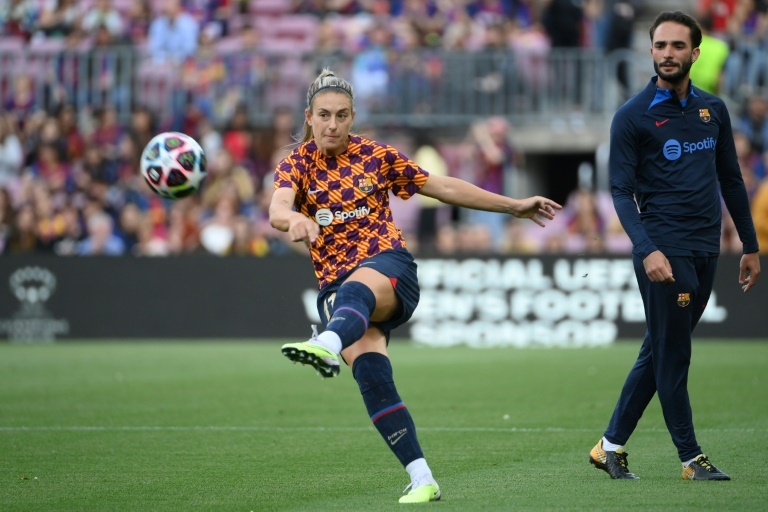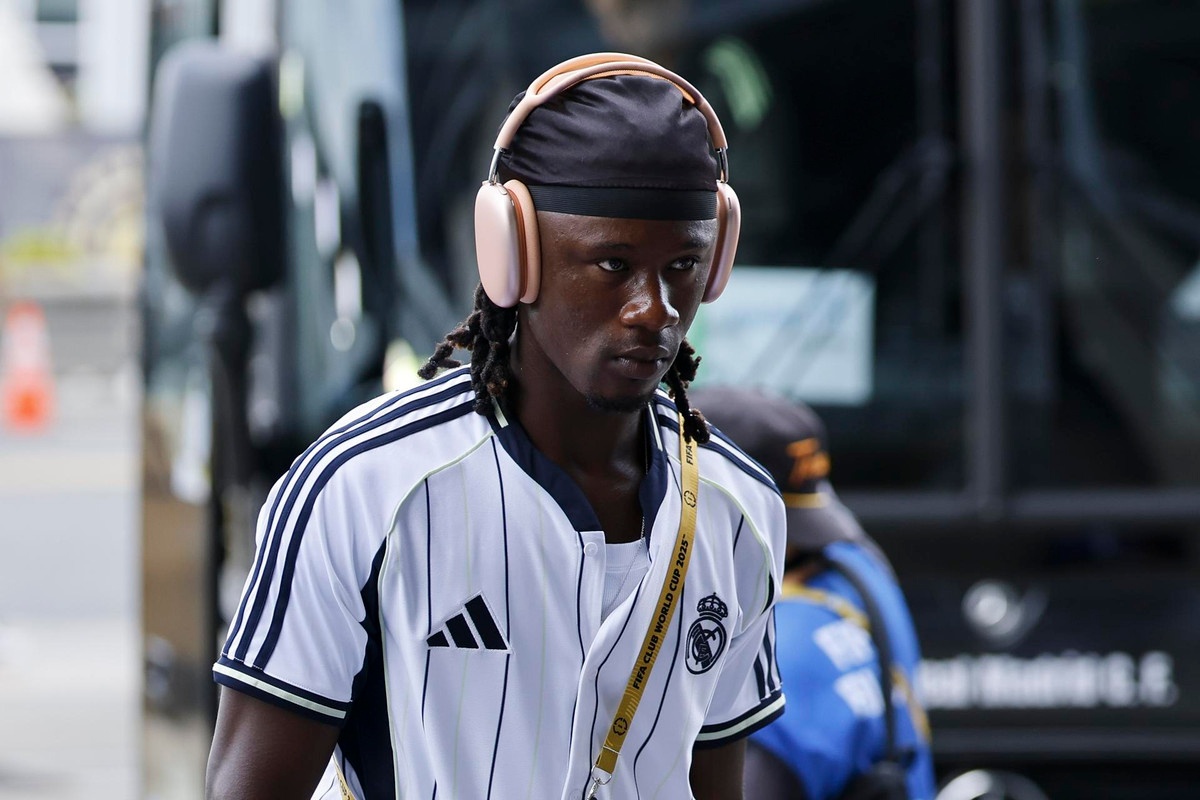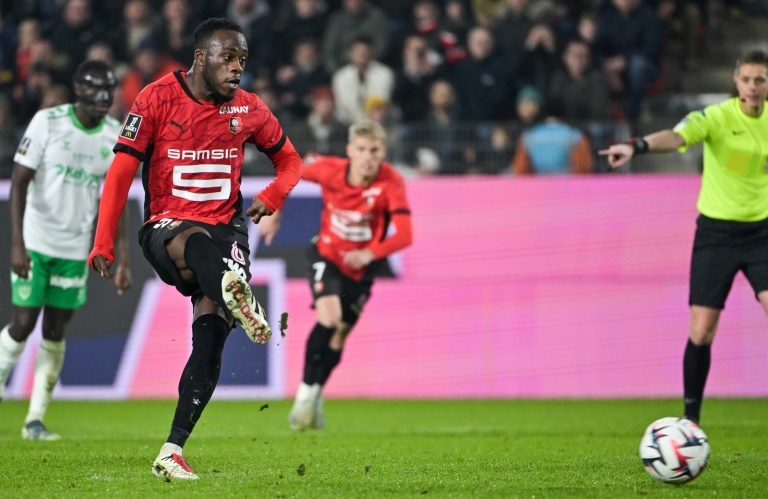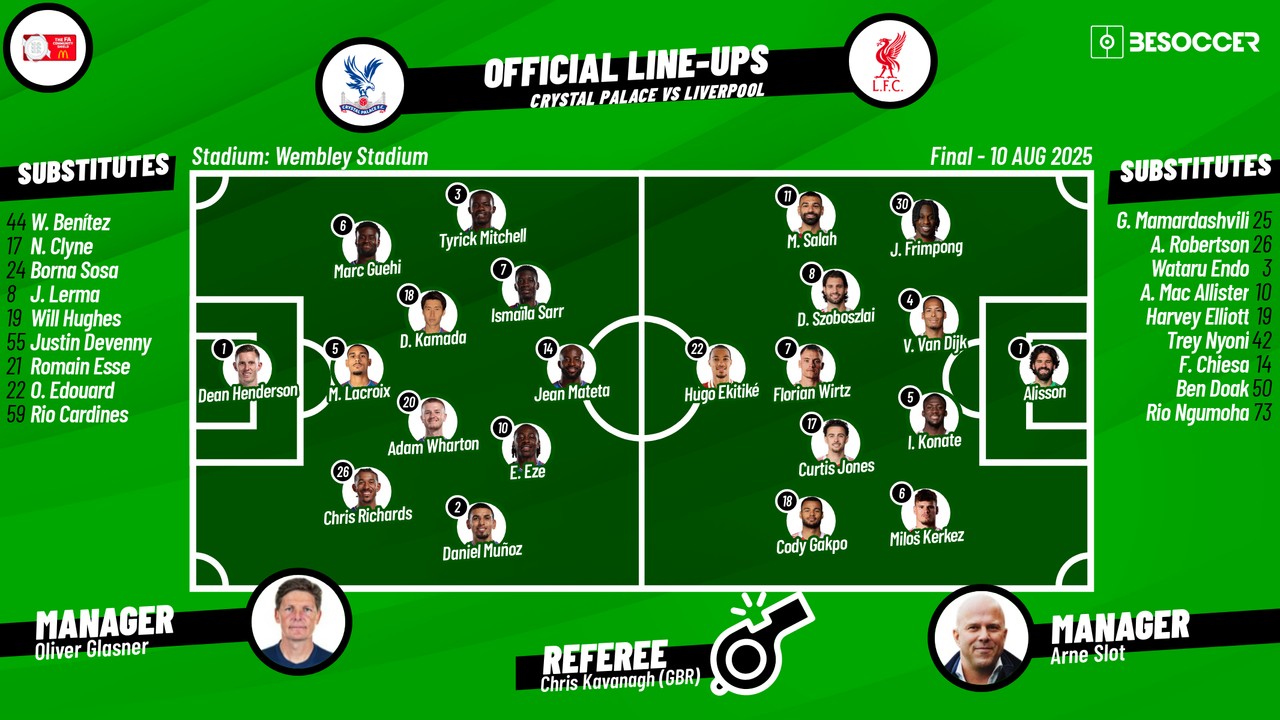Putellas is back but knee injuries plague women's football

Alexia Putellas is set to feature for Barcelona in Saturday's Champions League final against Wolfsburg having recovered from knee surgery but her case is just one of the most high-profile in a plague of ACL injuries blighting women's football ahead of the World Cup.
2 years ago
Spain star Putellas, 29, retained the Women's Ballon d'Or last year despite tearing the anterior cruciate ligament in her left knee in July, before the European Championship in England.
After over nine months out, Putellas returned in late April. All going to plan, she should go to the World Cup in Australia and New Zealand starting on July 20 fresh and fighting fit.
But a worryingly large number of the best women's players will miss the tournament. Holders the United States have lost Mallory Swanson to a torn patella tendon in her left knee, while midfielder Catarina Macario is still out after tearing an ACL a year ago.
European champions England are without captain Leah Williamson and star forward Beth Mead, each due to a ruptured ACL. Mead's partner, Netherlands striker Vivianne Miedema, will be absent for the same reason, while France are without attacking stars Marie-Antoinette Katoto and Delphine Cascarino.
The list goes on, and the World Cup will be a poorer spectacle without so many of the best female players. So what is causing these injuries and can anything be done to stop them occurring so frequently?
"It's an injury that can depend on many things," Putellas said in an interview with global players' union FIFPro. "It is only relatively recent that women's players have started to become professionals, and there has hardly been time to carry out these types of studies and learn a little more about the body of women's footballers...because it is clear that it's a different body to a man's."
Yet female footballers have not just suddenly become vulnerable to knee injuries that can rule them out for many months. "The fact that females are at seriously higher risk than guys playing football has been recognised for a long time," Scottish knee surgeon Gordon Mackay tells AFP.
Mackay was once a footballer himself, playing under Graeme Souness at Rangers. Now he repairs the damaged ligaments of elite athletes. "It is multi-factorial, but there are lots of things that contribute to the risk factors," he says, citing the need to train on the right surfaces and have footwear geared specifically for female players.
Mackay puts the incidence of ACL injuries in female players at "four times at least, maybe six times" that of males and says pelvic shape is also a contributing factor.
Hormonal changes related to the menstrual cycle have been mentioned too as potentially increasing the risk of injury. "It is very hard to address the fact there is biomechanically a bit of a gender difference," Mackay adds.
The focus is therefore on prevention, and providing better conditions for female players. One study led by researchers in England last year even suggested that kits and balls, as well as boots, needed to be better tailored towards women to optimise on-pitch safety.
Sportswear giant Adidas, one of the main kit providers for teams at the World Cup, says it takes the issue "incredibly seriously".
"We have a long-standing legacy in designing product by, with and for women athletes," it said when contacted by AFP. "Collaboration ensures our products are built for women, from concepting to testing."
On the field, as interest and investment in the women's game increase, so do demands on players. A group stage was recently introduced to the Women's Champions League, meaning more matches. This year's expanded World Cup will be the first featuring 32 teams.
But despite seeing what happened to Putellas, and despite the World Cup being around the corner, there will be no holding back from Barcelona players against Wolfsburg on Saturday.
"We have to live with injuries," said Barca's Mariona Caldentey. "We talk about it when a player gets injured, obviously, we always talk about it among ourselves, but that's it, it's not a fear that I think is there. At the end of the day injuries are part of football."
After over nine months out, Putellas returned in late April. All going to plan, she should go to the World Cup in Australia and New Zealand starting on July 20 fresh and fighting fit.
But a worryingly large number of the best women's players will miss the tournament. Holders the United States have lost Mallory Swanson to a torn patella tendon in her left knee, while midfielder Catarina Macario is still out after tearing an ACL a year ago.
European champions England are without captain Leah Williamson and star forward Beth Mead, each due to a ruptured ACL. Mead's partner, Netherlands striker Vivianne Miedema, will be absent for the same reason, while France are without attacking stars Marie-Antoinette Katoto and Delphine Cascarino.
The list goes on, and the World Cup will be a poorer spectacle without so many of the best female players. So what is causing these injuries and can anything be done to stop them occurring so frequently?
"It's an injury that can depend on many things," Putellas said in an interview with global players' union FIFPro. "It is only relatively recent that women's players have started to become professionals, and there has hardly been time to carry out these types of studies and learn a little more about the body of women's footballers...because it is clear that it's a different body to a man's."
Yet female footballers have not just suddenly become vulnerable to knee injuries that can rule them out for many months. "The fact that females are at seriously higher risk than guys playing football has been recognised for a long time," Scottish knee surgeon Gordon Mackay tells AFP.
Mackay was once a footballer himself, playing under Graeme Souness at Rangers. Now he repairs the damaged ligaments of elite athletes. "It is multi-factorial, but there are lots of things that contribute to the risk factors," he says, citing the need to train on the right surfaces and have footwear geared specifically for female players.
Mackay puts the incidence of ACL injuries in female players at "four times at least, maybe six times" that of males and says pelvic shape is also a contributing factor.
Hormonal changes related to the menstrual cycle have been mentioned too as potentially increasing the risk of injury. "It is very hard to address the fact there is biomechanically a bit of a gender difference," Mackay adds.
The focus is therefore on prevention, and providing better conditions for female players. One study led by researchers in England last year even suggested that kits and balls, as well as boots, needed to be better tailored towards women to optimise on-pitch safety.
Sportswear giant Adidas, one of the main kit providers for teams at the World Cup, says it takes the issue "incredibly seriously".
"We have a long-standing legacy in designing product by, with and for women athletes," it said when contacted by AFP. "Collaboration ensures our products are built for women, from concepting to testing."
On the field, as interest and investment in the women's game increase, so do demands on players. A group stage was recently introduced to the Women's Champions League, meaning more matches. This year's expanded World Cup will be the first featuring 32 teams.
But despite seeing what happened to Putellas, and despite the World Cup being around the corner, there will be no holding back from Barcelona players against Wolfsburg on Saturday.
"We have to live with injuries," said Barca's Mariona Caldentey. "We talk about it when a player gets injured, obviously, we always talk about it among ourselves, but that's it, it's not a fear that I think is there. At the end of the day injuries are part of football."







Comments